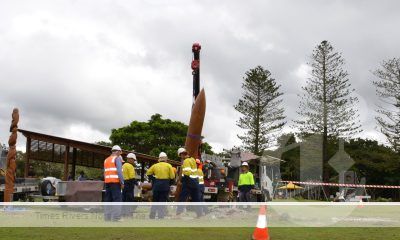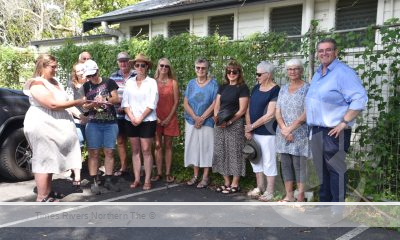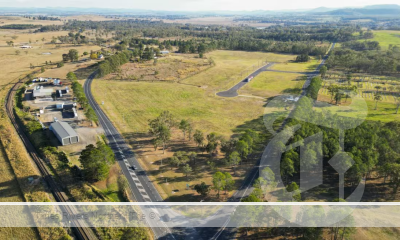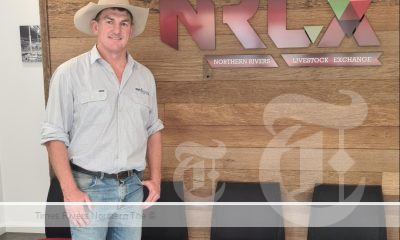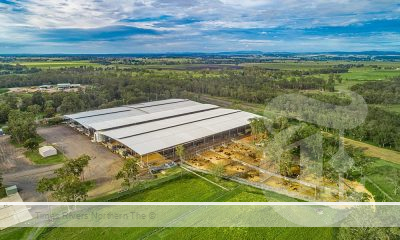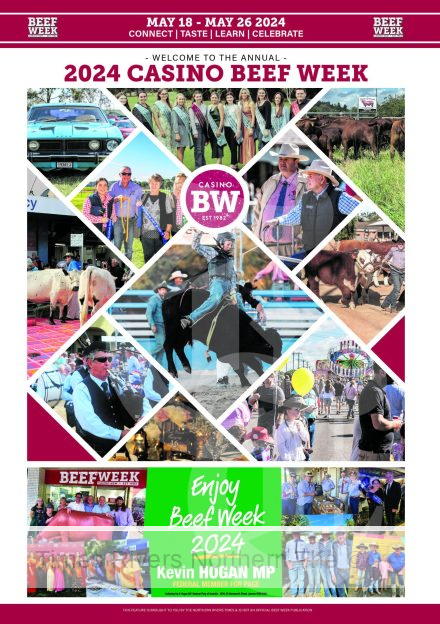NRLX dollar turnover ‘through the roof’
AFTER a booming 2020-2021 financial year, the Northern Rivers Livestock Exchange (NRLX) dollar turnover has demolished the all-time record of $113,616,791, coming in at $143,216,075.
Applauding the results, Richmond Valley Council’s General Manager Vaughan Macdonald said the agriculture and food production sectors accounted for almost 30 percent of employment for the local area, and around 45 percent of the area’s total economic output in traditional years.
Mr Macdonald said with the onset of the COVID-19 pandemic, which led to a business operating environment no one could have predicted, this result was a significant contribution to the financial stability and recovery of the region.
Advertisements

He said the benefits of the NRLX extended well beyond the selling gate.
“We know that on selling days our CBD businesses become a hive of activity, with people grabbing supplies or stopping for a bite to eat,” Mr Macdonald said.
“In small regional communities like ours, this business activity is paramount, supporting local traders and maintaining local jobs.
“The flow on effects from such a successful year for producers will continue to ripple through the local economy for some time.
“Many of the local producers who sell their stock through the NRLX were hand feeding their herds at the peak of the drought in mid-2019; then many were hit by the fires.
“For vendors it is an exceptional result to bounce back so strongly, with such high quality stock, after the shock of 2019.
“They’ve invested a lot to get their stock back to this point and they’ve produced an exceptional result.”
NRLX Operations Manager Brad Willis said the results also showed the commitment NRLX-based livestock agents had for their clients.
“The positive relationships being built between all stakeholders who use our facility are an important factor in this successful year,” he said.
As the current boom in cattle prices showed no signs of abating, Mr Willis said the NRLX was well positioned as a modern, industry-leading facility which vendors and buyers could rely on.
“Our technological infrastructure, safety, animal welfare and environmental standards here are world-class,” he said.
“We are regularly making adjustments to improve the experience for our buyers and vendors at the sales.”
Mr Willis said the results vindicated the $14 million investment in upgrading the NRLX by Richmond Valley Council, with the support of the Federal and State governments.
“Operating from a state-of-the-art facility has proven to be a bonanza for the local cattle industry, with sales revenue at the NRLX jumping $30 million to reach a high of just over $143 million for the 2020-2021 financial year,” he said.
Mr Macdonald said Council’s hard work to improve the services, relationships and stakeholder engagement also contributed to the ongoing success story of NRLX.
“I am very proud of the NRLX team, led by Operations Manager Brad Willis, and the way in which the NRLX has continued to operate and set an excellent example of saleyard operation under challenging circumstances during COVID,” he said.
“There is no doubt the NRLX is the premier facility for the livestock trading market for northern NSW.”
Mr Willis said a total of 91 sales were held over the past financial year with 103,436 head of cattle sold, grossing more than $143 million in total sales. Average price per head also significantly increased to $1384.59 from the previous record of $951.06.
He said people knew when they bought livestock from the NRLX they were securing some of the strongest bloodlines in the region and that they could fulfil orders for stock in the one place.
He said the yards were attracting buyers from as far afield as Victoria in the south, right across western NSW and as far north to the Tropic of Capricorn, in Queensland.
“The fact we have buyers coming from Victoria, combined with regular visitors from south western Queensland, southern NSW, and significant volumes from western NSW, shows the NRLX and our agents are successfully bringing new business to the region,” Mr Willis said.
“Selling numbers have been strong, with prices remaining at record highs, which provides further confidence for growth for this industry well into the future.
“We have seen an increase in the area our vendors are sending stock from with regular clients now coming from Kempsey, Glen Innes and Stanthorpe.
“Our yards are nationally recognised for premier quality stock and competitive prices, and the addition of StockLive streaming of sales allowing vendors, buyers and spectators to observe the sale remotely proved a popular option during the height of the COVID-19 lockdown.
“The NRLX is a truly modern, best-practice facility for animal welfare outcomes, workplace health and safety, as well as an efficient and comfortable cattle sale destination.”
Mr Macdonald said in undertaking a review in 2018, the NRLX was clearly identified as a key asset for users and one of the main sales outlets for local cattle in the region.
He said financial sustainability had been a key focus of the facility in recent years with
increasing pressure to remain viable due to escalating compliance costs, higher expectations from buyers and sellers, animal welfare standard and other selling mechanisms.
He said the Council unanimously voted to do everything in its power to ensure the long-term viability of the facility.
“Two years ago Council took the initiative to freeze agent and seller sale fees at the NRLX as a gesture of support for the cattle industry as it recovered from severe drought,” Mr Macdonald said.
“On the back of this decision an entirely new structure was introduced in August 2020 which built in flexibility for market conditions and the benefits of this are evident.
“Council has a rich history and association with the Casino saleyards and will ensure it remains a competitive, sustainable and safe facility focused on supporting the local agricultural and related sectors.
“The NRLX is an asset which will continue to be supported and improved to bring greater competition to our cattle auctions and play pivotal role in the local industry and economy.”
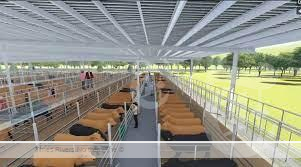
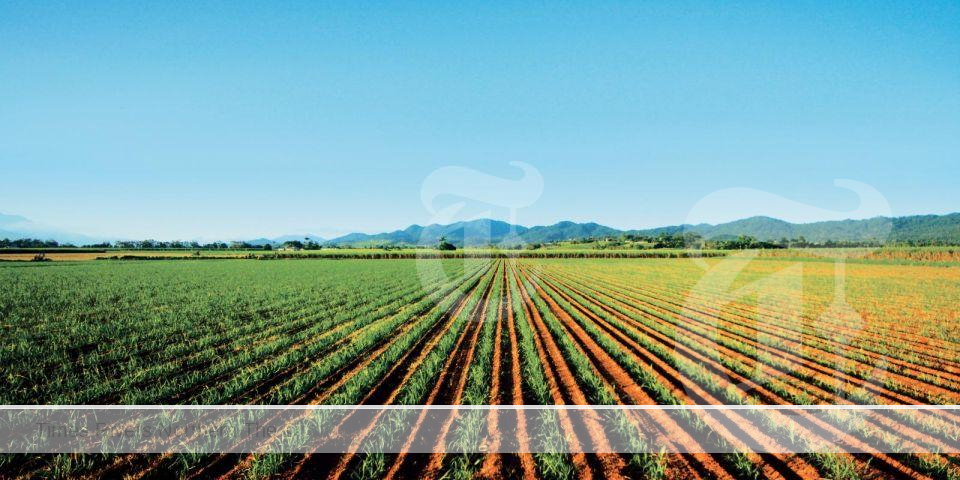
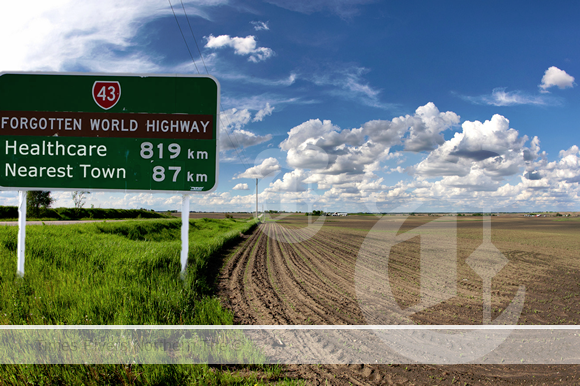


 Tweed Shire News2 years ago
Tweed Shire News2 years ago
 Motoring News1 year ago
Motoring News1 year ago
 COVID-19 Northern Rivers News3 years ago
COVID-19 Northern Rivers News3 years ago
 COVID-19 Northern Rivers News3 years ago
COVID-19 Northern Rivers News3 years ago
 Northern Rivers Local News3 years ago
Northern Rivers Local News3 years ago
 Health News3 years ago
Health News3 years ago
 COVID-19 Northern Rivers News3 years ago
COVID-19 Northern Rivers News3 years ago
 NSW Breaking News3 years ago
NSW Breaking News3 years ago











